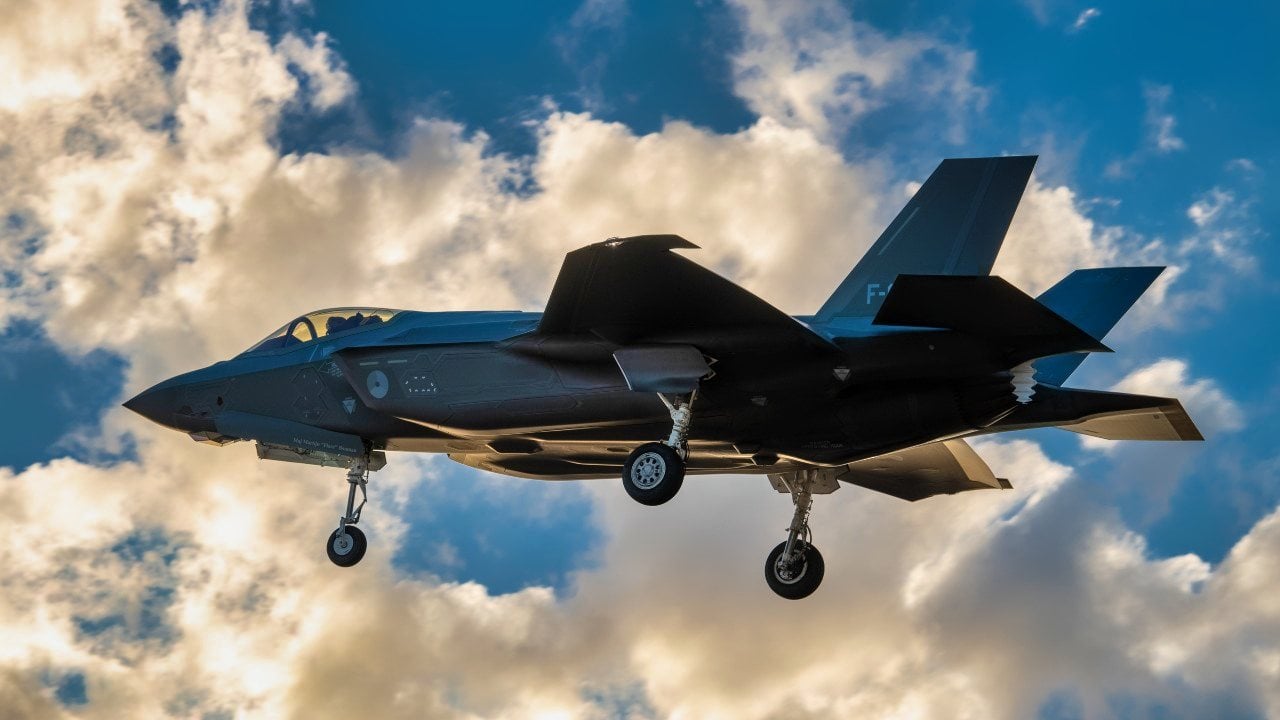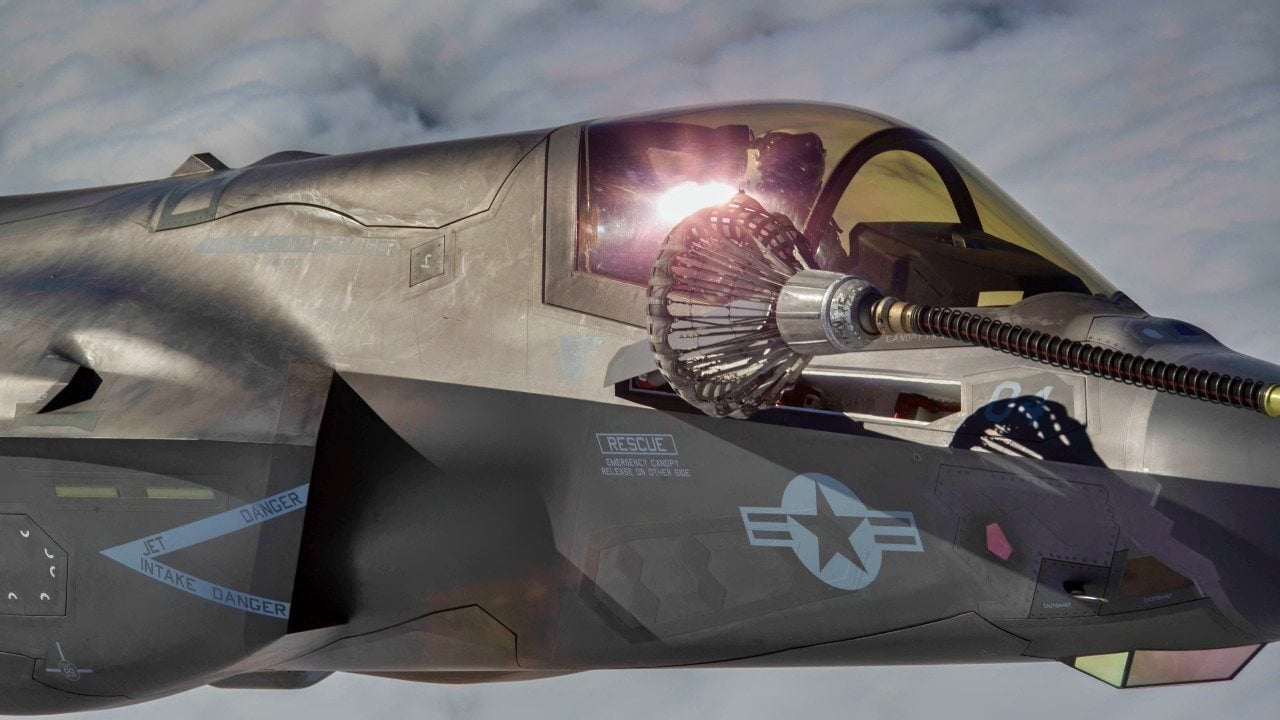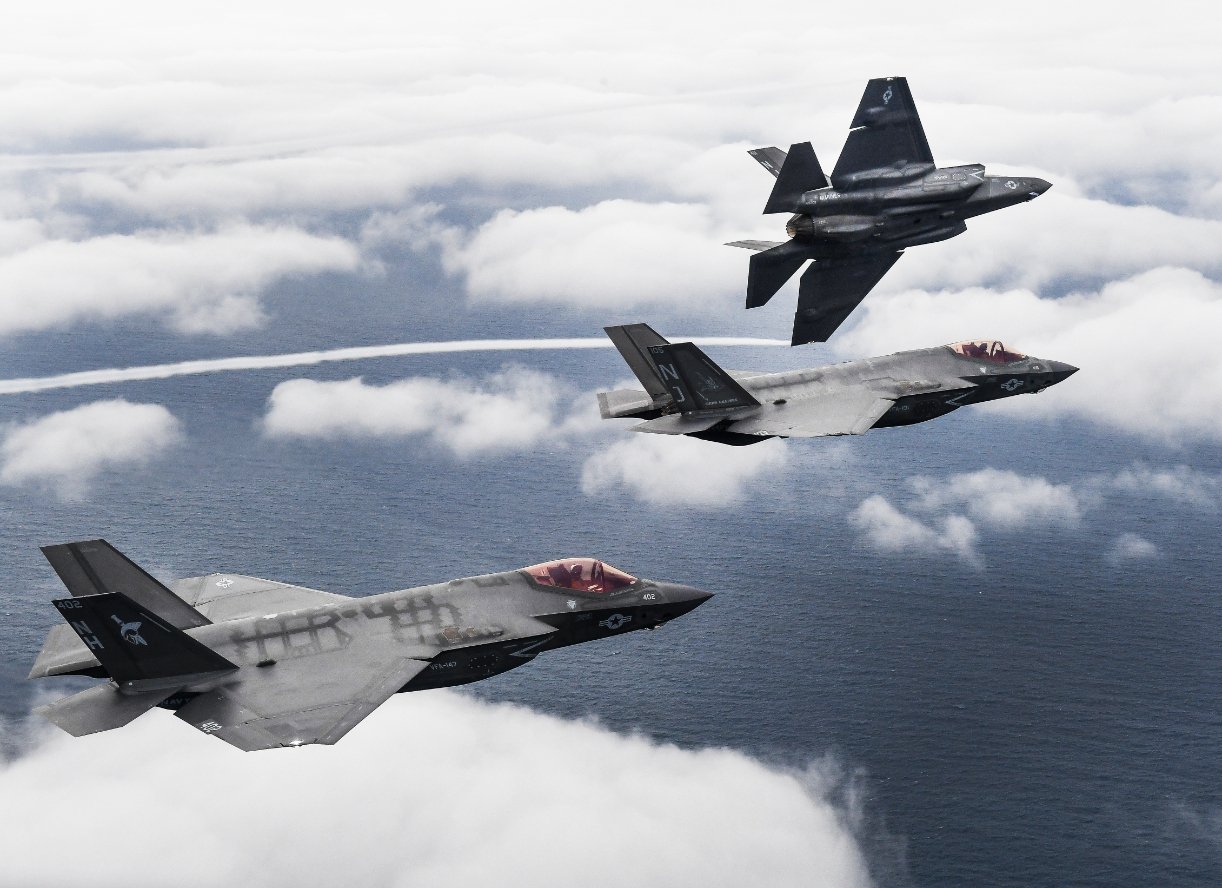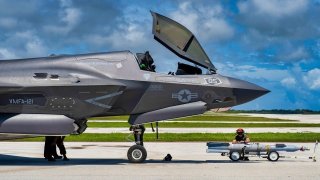F-35 Fighter: The Backbone of the U.S. Military
The F-35 Joint Strike Fighter, a fifth-generation aircraft, has faced controversy since its inception nearly 30 years ago. Initially envisioned as an air-to-ground attack plane to complement the F-22 Raptor, it became a multi-service and multinational project due to budget cuts and strategic shifts.
Summary and Key Points: The F-35 Joint Strike Fighter, a fifth-generation aircraft, has faced controversy since its inception nearly 30 years ago. Initially envisioned as an air-to-ground attack plane to complement the F-22 Raptor, it became a multi-service and multinational project due to budget cuts and strategic shifts.

-Despite criticism, the F-35 has strong support within the U.S. military, especially among Marine Corps personnel. Its advanced sensors and combat capabilities make it superior to rivals like China's J-20.
-With extensive investments made, the F-35 program has reached a critical mass, making it essential for continued support to ensure technological superiority over adversaries.
Why the F-35 Fighter Jet is Essential for U.S. Military Dominance
The F-35 Joint Strike Fighter program has been a source of serious controversy since it was conceived nearly 30 years ago. A member of the Fifth-Generation warplane family, the F-35 was originally designed to be an air-to-ground attack plane. When it was first conceptualized, the Pentagon envisioned flying mixed squadrons of F-35s guarded by F-22 Raptors. Over time, however, politics, technological complications, and budgetary constraints humbled the Pentagon’s planners.
By the time the 2008 recession hit the US economy, Congress had demanded significant cuts to the national defense budget. Then-President Barack Obama believed he needed to make what amounted to a Sophie’s Choice-type decision when he decided to permanently cut the production line of the F-22 Raptor and redirect all available resources into developing the F-35.
It was an imperfect solution to a terrible problem. But the logic made sense. The F-22 was an Air Force-specific air-to-air superiority fighter. The F-35, however, was a much more ambitious project. The F-35 was designed to be used not only by the United States Air Force but the US Marine Corps as well as the US Navy. What’s more, the F-35 project was being jointly funded and developed by dozens of allied countries—all whom would be stocking their air fleets with these next level fighters.
Thus, the all-important notion of combat system interoperability will have been enhanced as never before.
Sophie’s Choice: When to Fund the F-35 Over Other Programs
When this author was a congressional staffer, one of the issues this author was part of was the fight over funding for the A-10 Warthog program. At that time, we were in the throes of the Obama-era defense budget sequestration. As with the F-22 versus the F-35 funding, hard choices had to be made.

Was the A-10 a worthy long-term investment when that money could have been repurposed into the F-35 program? This debate is still raging today.
Wherever one comes down on that debate, it should be noted that the F-35, despite its controversies, has real supporters both inside the military and outside of it. A cynic might argue that’s because of the large amounts of taxpayer dollars that have been lavished on the F-35 program over the years.
But that is too easy of an explanation.
The F-35 Has Support Among the Rank-and-File
In fact, the F-35 has real proponents within the US military’s rank-and-file. Not only are the pilots who fly these systems (and that’s the right word here, because the F-35 is more than just another warplane, it’s a flying computer chip wrapped in a sophisticated network of sensors) supporters of the program. Many others are as well.
For example, a friend of this author is a major in the United States Marine Corps and a veteran of multiple deployments to Afghanistan. He is currently being deployed to the Indo-Pacific. This USMC officer is not a pilot. Although, he believes that the F-35 is a key weapon in the Marine Corps’ arsenal. According to him, this warplane will prove decisive in any engagement with a near-peer rival, such as China or Russia. And he’s speaking for most of the Marine Corps. Specifically, the Marine Corps is the one branch of the US military that is consistently in support of an expansive and long-term commitment to the F-35.
Since the Marines will be one of the most important aspects of any US military response to a Chinese attack on Taiwan, their opinion matters.
Speaking of the F-35’s sensors, this alone gives the warplane a considerable advantage over its peers. It can see farther beyond the horizon than almost any other warplane that is currently deployed. Further, this capability allows for the pilots of the F-35 to have far greater situational awareness than their potential adversaries would have. In combat—especially air combat—greater situational awareness will likely lead to victory over one’s adversaries in a dogfight.
The F-35 vs. the J-20: The F-35 Wins
Beyond that, the F-35 has long-range combat capabilities that would allow for it to match the threat that China’s Fifth-Generation warplane, the J-20 Mighty Dragon, poses to US and allied forces.
As Brent M. Eastwood wrote in these pages last year, “The F-35 has greater numbers compared to the J-20. U.S. allies are buying F-35s rapidly and thousands will be built in the future.” Eastwood continues, “the F-35 is believed to be the stealthier airplane, so the J-20 may not be able to ‘see’ the F-35 until the Lightning II has a missile lock.”
What’s more, as this author has mentioned in previous articles comparing the F-15EX Eagle II to the J-20 Mighty Dragon, the Chinese plane has considerably weaker engines based on Russian designs. Chinese designers are desperately trying to enhance the engines on the J-20 to match their American rivals. Thus far, however, Beijing has been unable to accomplish the task. Although, there’s some indication China has overcome this problem.

So, in a near-peer fight (which is coming soon), America’s investment into the F-35 program looks like it might pay off. More nations surrounding China use it. Beyond that, America has many more of these expensive warplanes in their arsenal than does China. Whatever one’s opinion on the F-35, the fact remains that the US has spent decades investing in its design and development.
America Must Continue Its Support of the F-35
The program has now reached a point where America and its allies finally have a sizable number of these warplanes available to them, the logistical supply chains have been built and distributed to many other countries, and many in the US military believe the F-35 would be a decisive advantage, particularly over China.
The time to argue about funding the F-35 program is over. We have made the investment. It’s not time to ensure that the technology in question is perfected to the point that no Chinese or Russian system could ever threaten these modern marvels.

Author Experience and Expertise: Brandon J. Weichert
Brandon J. Weichert, a National Interest national security analyst, is a former Congressional staffer and geopolitical analyst who is a contributor at The Washington Times, the Asia Times, and The-Pipeline. He is the author of Winning Space: How America Remains a Superpower, Biohacked: China’s Race to Control Life, and The Shadow War: Iran’s Quest for Supremacy. His next book, A Disaster of Our Own Making: How the West Lost Ukraine, is due October 22 from Encounter Books. Weichert can be followed via Twitter @WeTheBrandon.
All images are Creative Commons or Shutterstock.
From the Vault
Russia Freaked Out: Why the U.S. Navy 'Unretired' the Iowa-Class Battleships
Battleship vs. Battlecruiser: Iowa-Class vs. Russia's Kirov-Class (Who Wins?)


